Tarantulas in the Dominican Republic, Should You Worry About Finding One?
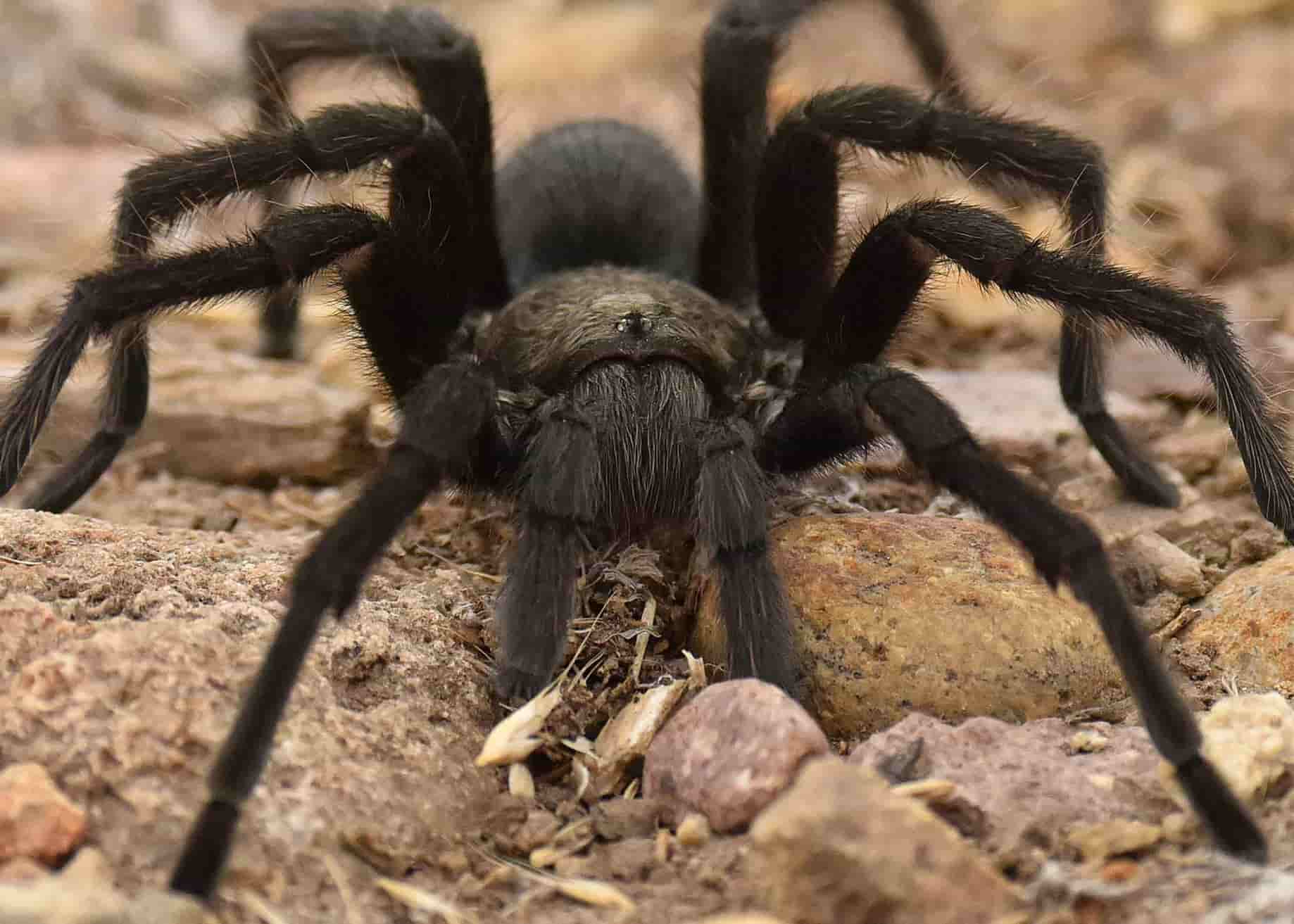
Although there are several species of Tarantula in the Dominican Republic, they are very rare to be found in areas inhabited by people, tarantulas in the Dominican Republic, are very elusive and avoid people whenever they can.
The scientific name of the tarantula known as “cacata” in the Dominican Republic is Phormictopus cancerides. This species of arachnid is native to the Caribbean. It is also one of the largest in Latin America.
Cacatas spend the day hiding in caves or under rocks, and at night they go out to look for food. And their behavior is very violent.
To defend themselves, they have long and powerful fangs, they shake the hairs off their abdomen and stick them into the human skin, producing intense irritation.
The Cacata is one of the most feared arachnid insects in the Dominican Republic, if you are wondering the chances of meeting one I can tell you, in my personal experience I have been living in the Dominican Republic for decades and I have never seen a “Cacata” or Tarantula anywhere.
Tarantulas are scary looking and intimidating, but if your concern is meeting one in the Dominican Republic, even though they exist in the country, the chances are almost zero.
Although I must say that I am a city person and the cacatas are more on the countryside, anyway I have visited villages and rural communities of the Dominican Republic and I have not had any kind of encounter with cacatas.

Actually, if you come to the Dominican Republic the chances that you will find a tarantula are extremely low.
The chances of finding a tarantula may be a little higher if you visit remote rural communities, in any case, you should not be unreasonably afraid of them.
Tarantulas are simply not a common species to see in the Dominican Republic, and apart from this, they are very elusive and run away from human contact.
Don’t get me wrong, there are many tarantulas in the country, especially in certain regions or rural communities.
When I say that they are not very common to see, I am referring to urban environments or those inhabited by people; this type of insect is very rare to see in places where there is a high population density.
I am speaking from my decades of experience living in the Dominican Republic, and visiting all kinds of places. I have never had the opportunity to see a tarantula live, I even doubted its existence in the country, although it is actually distributed throughout the island.
But its condition of being a shy insect found in uninhabited places makes it difficult to have a personal encounter.
They inhabit tropical forests and some rural communities. Large numbers of this species of land spider have also been recorded in the rain forests of Brazil.
Adults can measure between 7 and 8 inches in diameter.
It also stands out for its striking coloring that can appear to be bronze or almost purple. Males tend to be more colorful than females.
Males have a short life span of 18 to 24 months, while females can live more than 20 years.
They go out more frequently in the months of October and November and at night.
During the day, they hide in caves or under rocks, and come out at night in search of food. They exhibit quite aggressive behavior. They defend themselves by using their powerful fangs that can be more than 2 centimeters long or by kicking stinging hairs from their abdomen.
Cacatas feed on insects, birds, lizards and some small mammals. Their fangs pierce the body of their victim, and inject venom that paralyzes and breaks the tissue of the prey, allowing the tarantula to suck out the inside of the prey.
Tarantulas are scary looking and intimidating, but if your concern is meeting one in the Dominican Republic, even though they exist in the country, the chances are almost zero.
Although some people are convinced that their bite kills, their venom is not lethal but can be very painful for human beings. Despite the low probability of finding one, It is recommended that you be very careful when coming into contact with these arachnids.
Contents
Where are Tarantulas found in the Dominican Republic?
In the Dominican Republic, according to case studies, tarantulas have been seen more frequently in towns and cities in the north and south of the country. Cases have been studied in Bani, Barahona, Azua, Montecristi and Pedernales.
In the capital city of Santo Domingo, in sparsely populated areas, they have also been found, although, with time and the population of the city, they have been disappearing.
They are also found in the central mountain range, Bonao and in the northern part of Puerto Plata.
Are tarantulas deadly?
Despite their frightening and intimidating appearance, tarantulas are not deadly to humans; in fact, they are tame and elusive insects whose first reaction is to flee.
Having said this, it must be said that the tarantula has small fangs with which it can bite small prey on which it feeds.
A tarantula sting is not fatal for a human being, but it could cause considerable complications for a person with allergies, similar to a bee sting.
What to do in case of a tarantula bite?
It is unlikely that a tarantula will attack you; they are animals that always flee rather than attack.
But in the extreme case that a tarantula bites you, the most that can happen is swelling and a little pain in the affected area. You can put ice on the affected area to reduce the swelling.
Taking an over-the-counter analgesic at any drugstore is also effective. In the case of people who are very sensitive to insect bites, it is recommended to take an antihistamine.
The tarantula is harmless, but if it feels threatened, the tarantula will raise its two front legs. This is a defensive position, but it is also a way to find out if it is willing to use its fangs.
Tarantula Endemic to the Dominican Republic
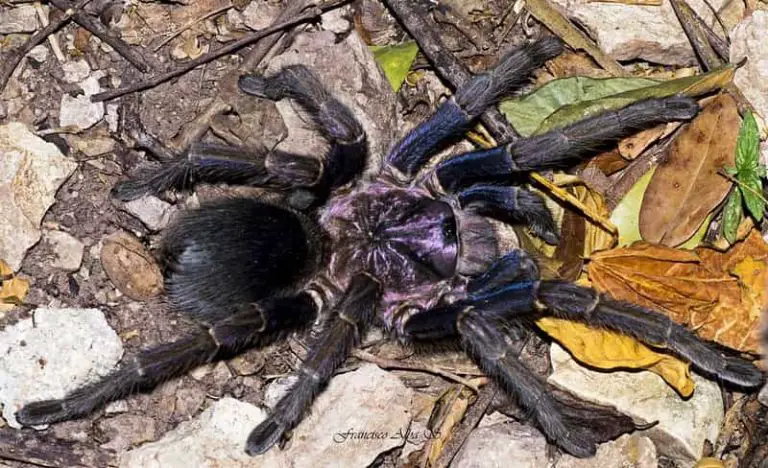
Phormictopus cancerides is a Dominican Republic endemic tarantula and one of the two most common, the other is Citaracanthus spinicrus found in much of the country. Both the male and female have purple, blue and violet iridescences.
Generally, the females tend to lose a little color and turn brown, this happens because after reaching maturity, which takes about 30 months.
The males copulate and die between the jaws of the females or at most a year later, while the females continue to grow and shed their skin 1 or 2 times a year, that’s why when so much time passes between one shed and another they lose their shiny black color with precious iridescences.
Their breeding seasons are from September to November and from April to June, but these seasons are getting longer. As for the quantities of eggs, they lay about 150.
In the Dominican Republic, there are more than 30 species of Migalomorphous spiders (tarantulas), some are very small and live very hidden.
Cacata Meaning
In the Dominican Republic, this tarantula is called “Cacata”, this word comes from the ancient Taino dialect like many other words used in Dominican Spanish.
Also, this word is used in the Dominican Republic to denote a woman with a misaligned and fearsome appearance.
I wrote a much more complete topic, in case you are interested in knowing more about dangerous animals in the Dominican Republic.


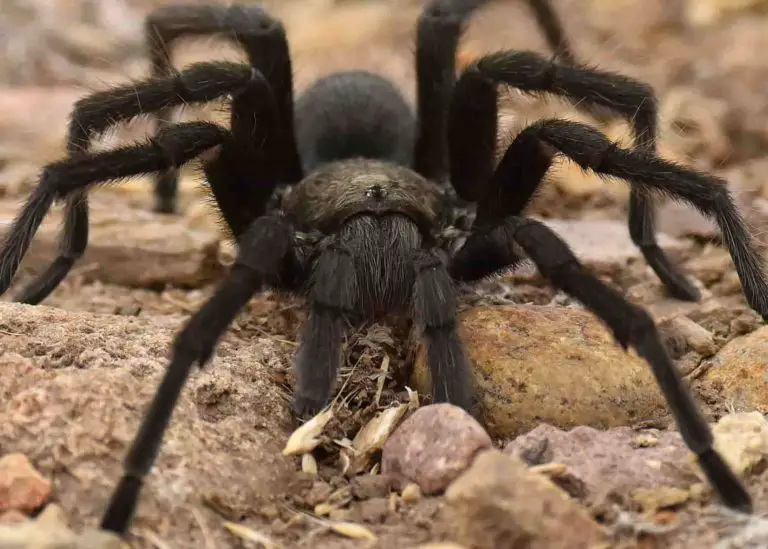
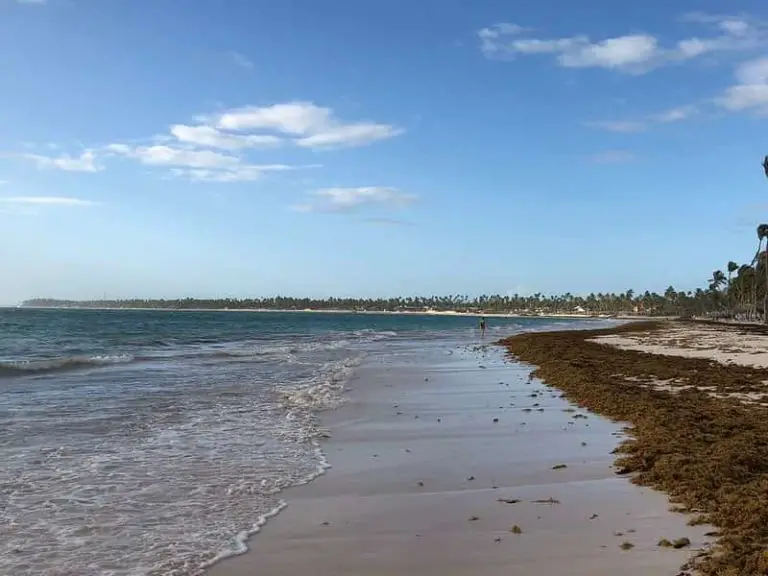
![Punta Cana Currency And Money Exchange- Updated Guide And Local Tips ([year])](https://www.kiskeyalife.com/wp-content/uploads/2019/08/dominican-currency-768x543.jpg)
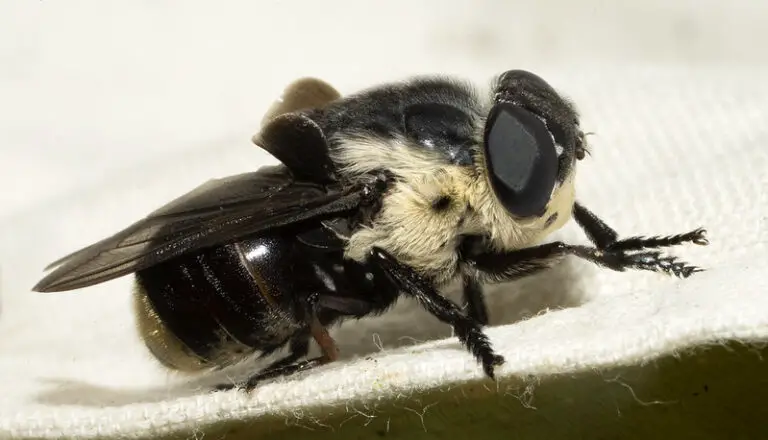


Thanks. We found one at our resort near Puerto Plata. Our maid was terrified. I had read that they were not dangerous. I took a selfie of it and me. Then I got rid of it so our maid would not kill it. I coaxed it onto a broom but then I dropped it over a wall and it had a tumble of 10 or 15 feet. I didn’t think that would hurt it, but after reading your article, maybe I killed it. I hope not. I liked it. It was a little bigger than the palm of my hand.
Tarantulas are quite shy, some foreigners have written to me saying they have seen them in the DR…it is somewhat ironic, I have been living in the country for decades and I have never seen one up close…it is not that I want to see one either, although I am an animal lover, I am not fascinated by spiders.
There is no reason to kill tarantulas, even if they look terrifying, those spiders eat many insects and other pests. You were right to let it go, I don’t think it died from such a fall, insects and small animals hardly suffer the effects of gravity.
They are all over casa de campo
We just visited Punta Cana Excellence de Carmen. We saw a tarantula and was horrified. The guy who worked there that was sent to remove it was smiling and playing with it as though he was used to them. He put it in a dust bucket and threw it in the shrubs.
I grew up around cacatas as u call it n I lived in the east side of the island, u apparently have a lot of traveling to do as they are very much prevalent in Miches República Dominicana.
Hey hello, yes, that’s what I explained in the topic, I don’t know Miches, but of the inland areas of the country I have visited, I have never come across Cacatas…
It has been a similar case to the ferrets, the first time I saw a ferret was after decades of living in the country, ferrets appear in droves on the road from Guerra-Bayaguana.
Cool… l saw a few of them in R.D. 25 years, l’m from there… San Pedro de Macoris
we encountered one cacata this past week in my brother-in-laws’ house this past week,june 25,2023, platanal abajo,la canela. it frightened by granddaughter. it was huge and very intimidating.
Yes, their appearance can be intimidating, but they are harmless and very elusive.